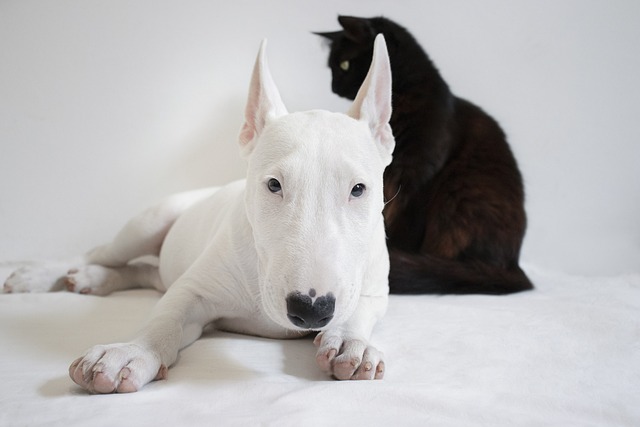
How do i train my dog to be obedient?
Watching your dog dart across the park ignoring your calls isn’t just frustrating—it can put them at risk near busy streets or public spaces.
You walk into your Chicago apartment to find your lab puppy, Bear, gleefully shredding your favorite sneakers. "NO!" you roar – he drops the shoe, cowering. But tomorrow? He’ll do it again. Here’s why that approach backfires: Dogs don’t understand abstract negatives like humans. Their brains learn through association. When you shout "no" during misbehavior, Bear links the sound with your anger, not the object. Punishment risks fear-based aggression and violates animal welfare laws in places like Germany and California where force-free training is mandated. Let’s reframe "no" as clear communication, not confrontation.
Start with interruption instead of correction. When Bear jumps on guests, use a neutral sound like "oops" or a hand clap to break his focus. The instant his paws touch the floor, flood him with praise and offer a chew toy. This redirects energy positively. Science confirms it: UC Davis research shows interruption-based training lowers stress hormones 40% faster than scolding.
Build replacement behaviors proactively. Instead of just saying "no" to counter-surfing, teach "go to mat." Toss high-value chicken bits to his bed when you cook. Within weeks, he’ll automatically retreat there for rewards. Seattle trainers at Pawsitive Results use this method to stop kitchen raids in high-rises. Critical reminder: Never physically push dogs down – it violates anti-cruelty statutes in states like Oregon.

Apartment living demands smart adaptations. Use quiet interruption sounds during building quiet hours (9 PM-7 AM) to avoid noise complaints – Boston landlords can issue $300 fines per incident. Practice leash redirection indoors before navigating crowded streets. Always clean accidents immediately with enzyme cleaners; lingering scents trigger repeat offenses.
Public spaces require advanced etiquette. When Bear lunges at squirrels in Central Park, execute an "emergency U-turn." Say "this way!" cheerfully, jog the opposite direction, and reward lavishly when he follows. This replaces punishment with positive choices. Legally, carry biodegradable bags at all times – Portland fines hit $350 for uncollected waste. Ensure rabies tags are visible on his collar; attempting off-leash "corrections" violates leash laws in 49 states.
Cultural red flags abound. Shock collars or knee-to-chest corrections are scientifically proven to increase aggression and banned across the EU. Modern trainers like Austin’s K9 Connection teach "no" through redirection: If Bear digs at the couch, use a calm "ah-ah," then immediately engage him with a puzzle feeder filled with kibble.
The magic moment comes when Bear drops your slipper mid-chew after one calm "oops," choosing his bone instead. That’s not submission – it’s mutual understanding. You’ve built trust through patience, not force.

Watching your dog dart across the park ignoring your calls isn’t just frustrating—it can put them at risk near busy streets or public spaces.

New puppy owners often find themselves rushing to clean up accidents before they set in, and that’s where puppy pad training becomes a game-changer.

If you've noticed your dog's waistline disappearing and your veterinarian has mentioned those few extra pounds, your first instinct might be to simply reduce the amount of food in their bowl.

Training a dog to use a designated spot indoors isn’t as daunting as many new owners fear, but it does take consistency and an understanding of your pet’s needs.

That moment of dread on a walk is all too familiar for many new dog owners. You see another dog approaching down the sidewalk of your neighborhood

If the sight of another dog on your neighborhood walk makes your heart sink as your own dog erupts into a frenzy of barking and lunging, you're not alone.